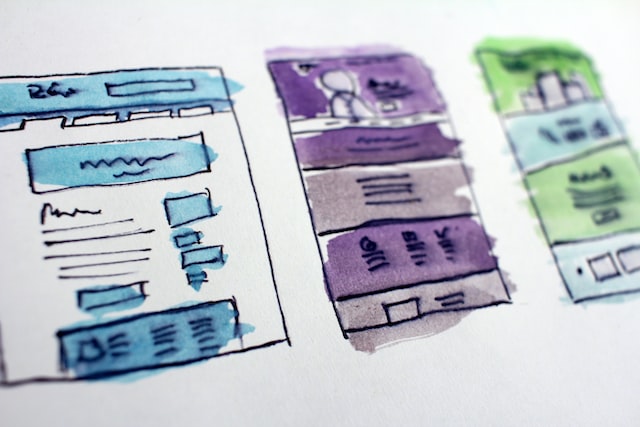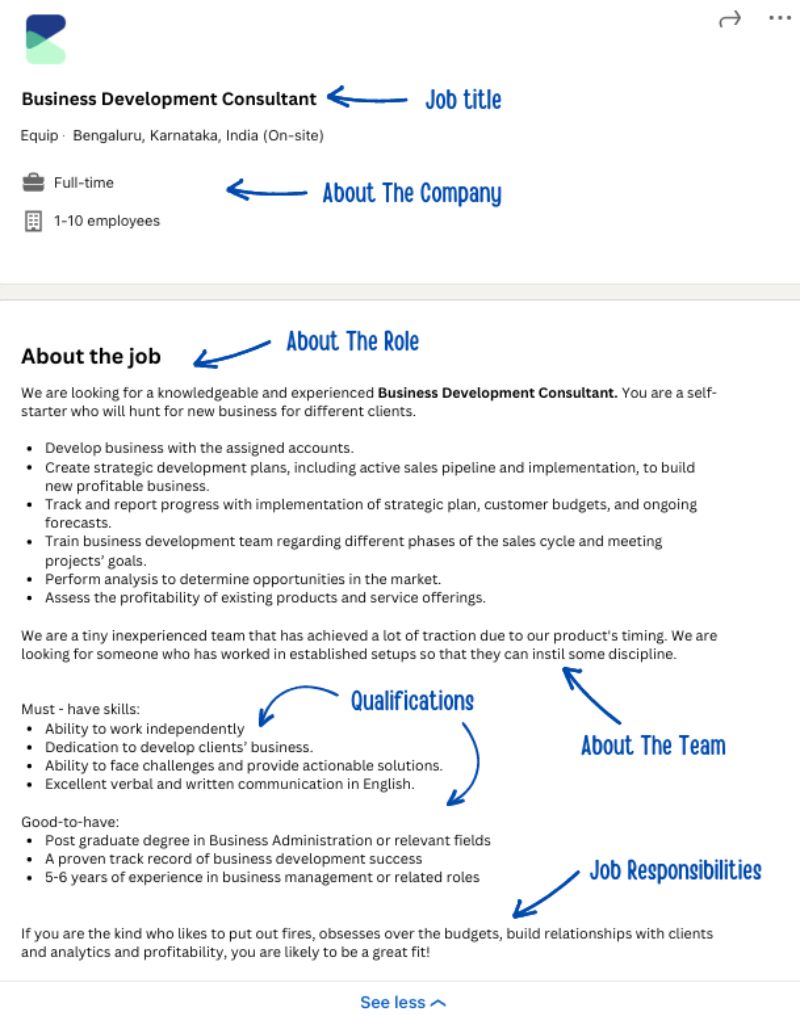
The importance of writing impactful job descriptions
If you are reading this, you are probably a recruiter or a hiring manager. Or perhaps, you are a startup founder?
You are recruiting for a new position, and you want to identify and hire the right candidate at the earliest. All you need to do now is to write a compelling job description that attracts the most qualified candidates.
Not so daunting, is it?
With more than 60% of candidates applying for jobs via online portals, attracting the perfect candidate's attention comes down to how well you write the job description.
Do you use and reuse your company's old and generic job description template or create specific job descriptions for different roles? Can you describe the role and your company culture clearly while keeping the description concise?
Do you struggle to write unique job descriptions for software engineers, frontend developers, full-stack developers, and backend developers? Or, do you need help fathoming the difference between a business analyst job description and a business manager job description?
We know it's not easy, so here we are with some tips
If you want to learn how to write an effective job description effortlessly and master the best practices, read this post. Learn about the components of a good job description (see the example below) and start writing impactful job descriptions.
Contents
- The importance of writing impactful job descriptions
- Sample of a good job description
- What is the best job description format?
- What is the ideal length of a job description?
- Job description layout checklist
Sample of a good job description

What is the best job description format?
A JD describes the duties and responsibilities an individual has to take up if they are hired for a job. It also highlights important details about the company and the remuneration that the candidate can expect.
With this information, the job description should enable the candidate to determine if they are eligible for the position and whether the company is the right place for their career growth.
The best job description format covers these components:
Job title: It must be a brief but precise job description in 2-4 words. It must reflect the scope and purpose of the job and be consistent with the job titles used in that industry.
Job Summary: As the name suggests, this is the comprehensive summary of why the job exists and the scope and level of responsibility. It is conveyed in three or more short sentences.
About the role: This section presents a summary of duties or essential functions assigned to the job. Explain how, when, where, and how they will perform the tasks and the expected outcome. Include details regarding the working conditions and physical demands of the job.
Job responsibilities: In bullet points, explain the day-to-day duties of the role. Inform them about the areas of decision-making and direct accountability. Use strong verbs to excite them. A job description that does not mention the job's duties is a red flag!
For example,
A vague JD:
The ideal candidate is a wizard of words, a grammar sleuth, a marketing maestro, and a digital dynamo. The candidate is expected to manage the entire campaign. Computer skills, analytical ability, and communication skills are essential. Knowledge of Google and social media trends is vital.
A precise JD:
As the Chief Digital Marketer, you will,
- Design, develop, and maintain our brand's social media image
- Plan and execute all web, email, SEO/SEM, and social media campaigns
- Analyze reports and assess them against our goals
- Evaluate customer experience across channels and explore options to drive conversion
Qualifications required: This section lists the level of knowledge—education, experience, skills, and abilities—needed to perform well on the job. For example, mention whether the candidate should have a working knowledge, general knowledge, thorough knowledge, or comprehensive knowledge of the skills. In addition, specify the certifications and licenses that may be required to be successful in the position.
The benefits: Studies indicate that almost 61% of the applicants say that details regarding remuneration matter most. So, mention the compensation and perks clearly and prominently.
The team: Provide information regarding the team the candidate will be working with or reporting to.
About the company: Avoid a lengthy description of your company. The company website can serve the purpose better. Keep the details brief, focusing on the company's mission, vision, culture, diversity, and inclusion. Place the company details in a strategic position or as expandable text. But bear in mind that the layout and presentation of the job description will depend on the platform used to publish it—job portal, company website, or newspaper.
Contact information: Provide the company's official phone number and email address.
What is the ideal length of a job description?
There is no rule regarding the perfect length of a job description. However, ensure it is long enough to list all the necessary information but short enough to keep the reader interested (and awake).
Statistically, short job descriptions that fall between 100-300 words perform well (see graph below)
- Write short sentences (13-18 words)
- Avoid run-on sentences
- Avoid unnecessary details
Source: LinkedIn Talent Blog
Job description layout checklist
- Keep the title short (50-60 characters)
- Be specific about the role and your industry
- Be empathetic and inclusive
- Use bullet points, but sparingly
- Use a conversational tone
- Keep the job description short (100-300 words)
- Use job-specific keywords
- Create scannable content
- Avoid jargon like the plague
We have put together free, editable job description templates for you.
15 Job Description Templates Every Recruiter Can Use Right Away
Recommended for you: Why is preliminary screening important while hiring candidates?